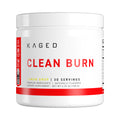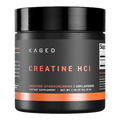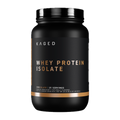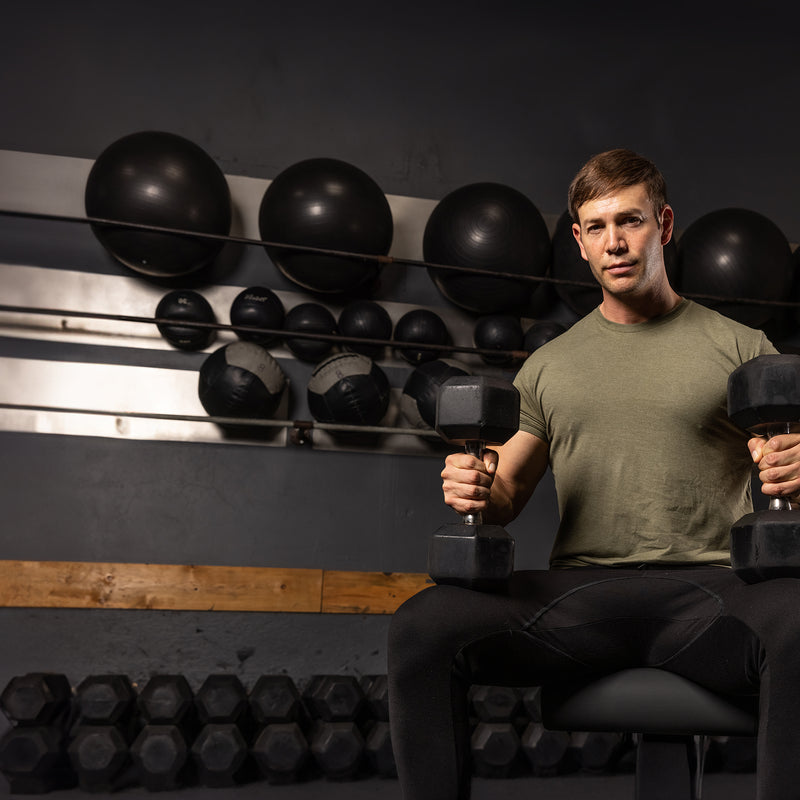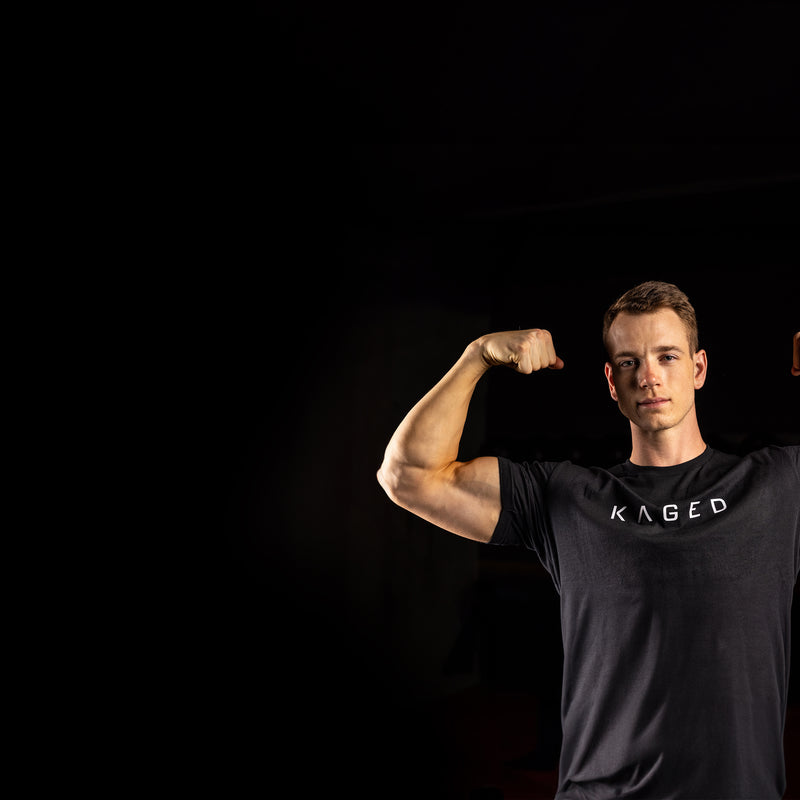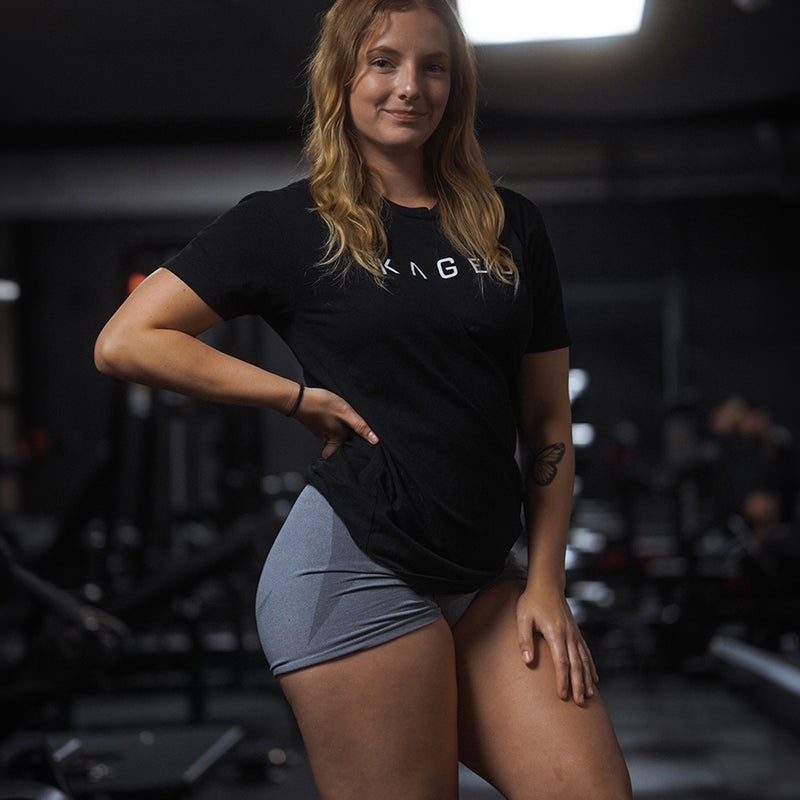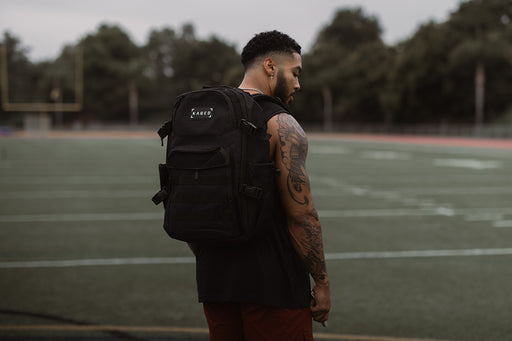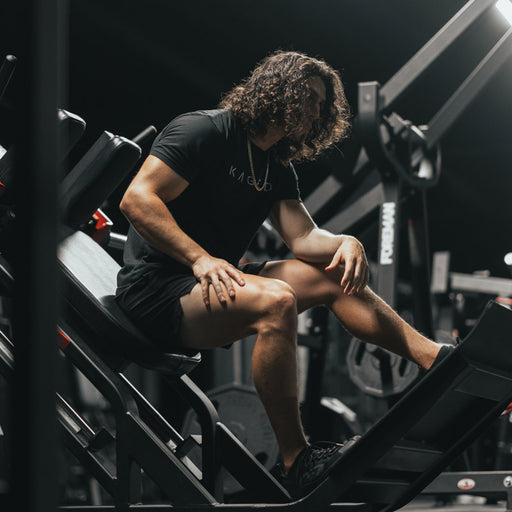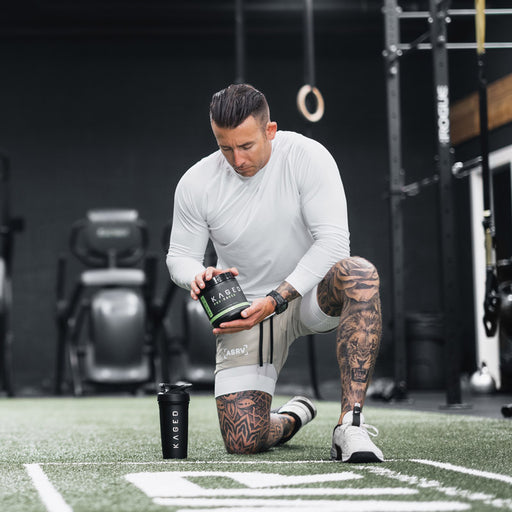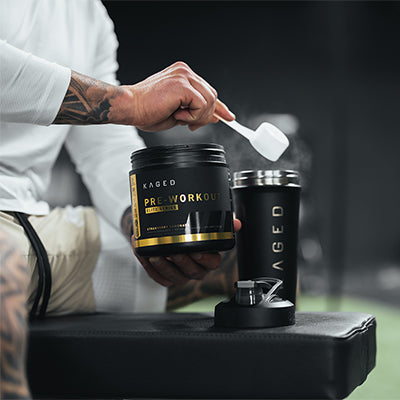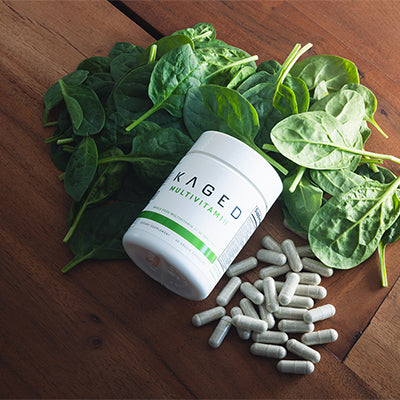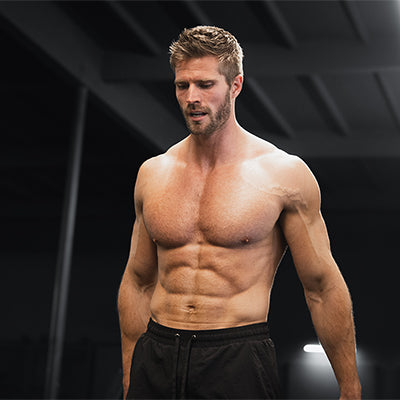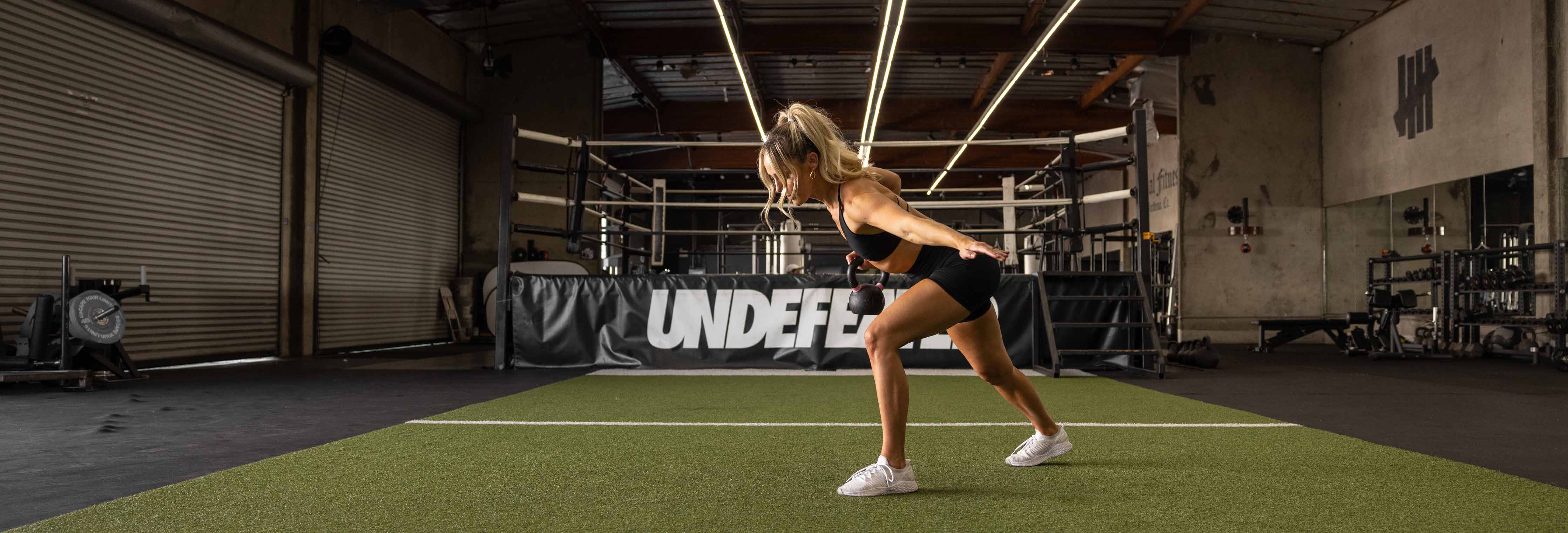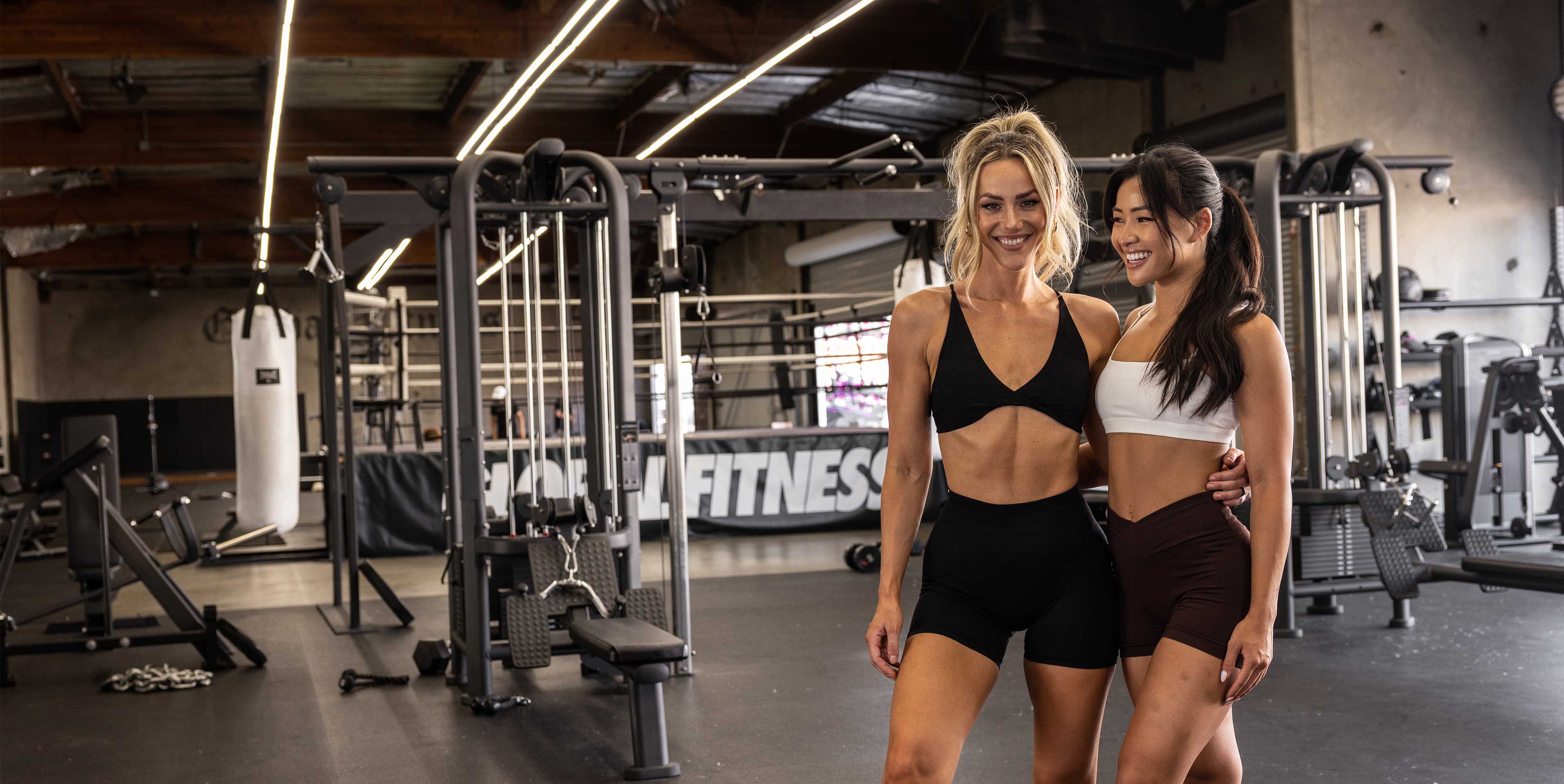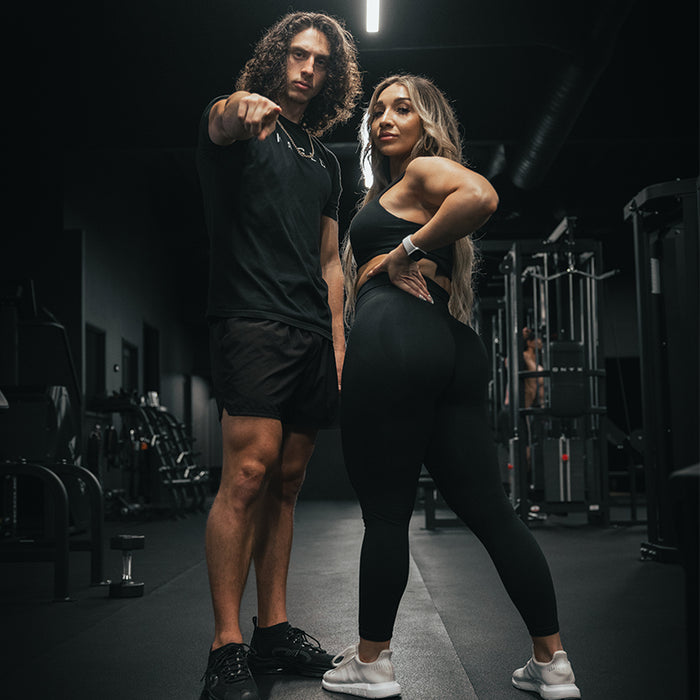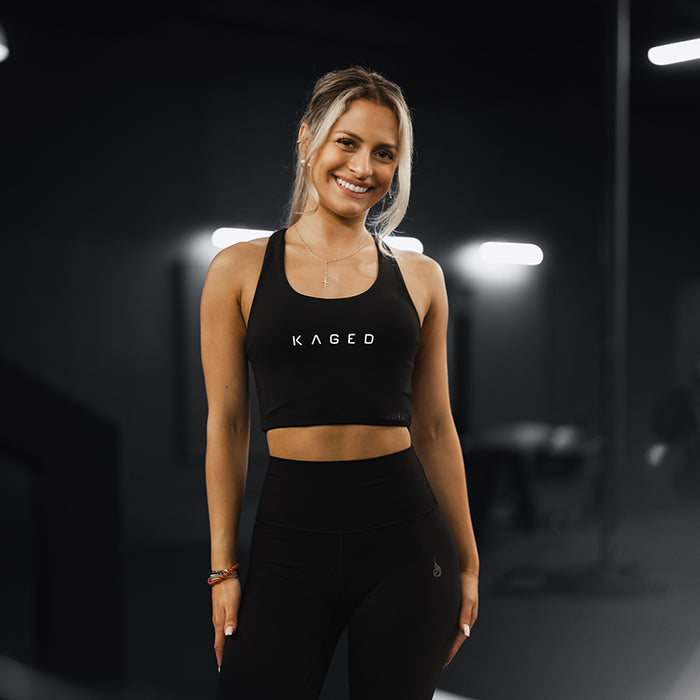Bodybuilders are renowned for utilizing a wide range of methods to maximize hypertrophy. Sometimes it takes decades before research proves the effectiveness of these methods, but many lifters will apply these concepts to be on the cutting edge of building muscle or to challenge their bodies in a new way. Here’s an overview of weightlifting terminology for some advanced bodybuilding methods that have successfully helped lifters increase muscle mass over the years.
Blood Flow Restriction (BFR) Training: BFR training, also called occlusion training, hypoxic training or KAATSU, was developed by Dr. Yoshiaki Sato to aid in injury rehabilitation. Since then, it’s been adopted by advanced lifters as an effective method to add muscle mass. BFR involves wrapping a tight band around the top of a working limbs muscles prior to starting the set, restricting blood flow to the muscle, causing cellular swelling and localized metabolic damage to stimulate hypertrophy. A meta-analysis of 11 studies examining the effect of BFR training on strength and muscle hypertrophy found that low-load BFR training promoted similar gains in muscle hypertrophy (but less strength gains) in comparison to non-BFR high-load training.[1] This makes BFR a powerful bodybuilding method because lifters can increase muscle mass while working with relatively lighter loads. However, it’s important to note that this method applies only to (working) limbs such as the arms or the legs.
Drop Sets: Drop sets involve performing a set to muscular failure and then decreasing (dropping) the weight by a pre-determined amount and immediately performing another set to muscular failure. Lifters can drop the weight once or numerous times in a set, until they reach total muscular failure. This style of training works especially well with machine weights because it’s easy to strip the weight off between sets. A 2018 study in The Journal of Sports Medicine and Physical Fitness compared single drop sets with three sets of conventional resistance training over the course of 6 weeks. The researchers saw significant increases in muscle cross-sectional area and strength in both groups. Interestingly, acute measurements for pre/post muscle thickness following one bout of resistance training saw significant increases in the group who performed the drop sets.[2]
DTP Set: DTP, which stands for Dramatic Transformation Principle, is a training system developed by Kris Gethin that targets fast and slow twitch muscle fibers. The basic principle is to complete a total of ten sets, with declining rep ranges of 50, 40, 30, 20, and 10 for the first five sets, and then working your way back up from 10 reps to 50 in the next five sets. This intense training method taxes the muscle fibers for growth, and burns an incredible amount of calories.
Feeder Sets: Feeder sets are like working warm-ups, whereby you perform very high reps with relatively heavy weight. Typically, you’ll use about 70-80% of the weight that you’d use for your full-out working sets. The benefit of using feeder sets is that they can help prevent overtraining because you do quality work without going to failure on every set. Feeder sets help to prime your body for your high intensity working sets, flooding the muscle with nutrient-rich blood to help it grow.
Giant Sets: A giant set consists of doing four or more different exercises in succession with very little rest between them. Giant sets were popularized by Joe Weider when he included them in his Weider Principles. This training method allows you to target a lagging body part utilizing a variety of exercises and angles. It also maximizes volume and time under tension while minimizing time spent in the gym.
Rest-pause Set: Rest-pause sets break one set into multiple smaller sets, enabling a lifter to reach failure several times within the same set. Typically, a lifter will perform as many reps as they can in a set, then will rest for about 10-20 seconds before performing another set to failure, all while using the same weight for the entire set.
Superset: A superset involves doing two different exercises back to back with very little rest in between. A superset can consist of two exercises targeting the same muscle group, or agonist-antagonist exercises where you target opposite muscle groups (like doing a leg curl followed by a leg extension). In the case of agonist-antagonist superset training, some evidence suggests that it can increase short term power production.[3] Arnold Schwarzenegger would superset chest and back exercises in one session.
Tri-set: A tri-set is when you pair three different exercises in succession with little rest between exercises. These are an extended version of a superset because instead of doing two exercises targeting a muscle, you’re doing three.
The methods listed above are highly intense, but effective, ways to increase muscle mass - which is why so many successful bodybuilders use them. If you want to learn how to apply these methods to your own training, check out one of the trainers from our 2019 Transformation Challenge and see how pro athletes use them in a program.
References:
[1] Centner, C., Wiegel, P., Gollhofer, A., & König, D. (2018). Correction to: Effects of Blood Flow Restriction Training on Muscular Strength and Hypertrophy in Older Individuals: A Systematic Review and Meta-Analysis. Sports Medicine. doi:10.1007/s40279-018-1013-2
[2] Fink, J., Schoenfeld, B., Kikuchi, N., & Nakazato, K. (2017). Effects of drop set resistance training on acute stress indicators and long-term muscle hypertrophy and strength. The Journal of Sports Medicine and Physical Fitness, 58. doi: 10.23736/S0022-4707.17.06838-4.
[3] Robbins, D. W., Young, W. B., Behm, D. G., & Payne, W. R. (2010). Agonist-antagonist paired set resistance training: A brief review. Journal of Strength and Conditioning Research, 24(10), 2873-2882. doi:10.1519/jsc.0b013e3181f00bfc

